iPhone 11 vs Samsung Galaxy S20: Which is for you?
The iPhone 11 vs Samsung Galaxy S20: They're similar sizes, but which deserves a place in your pocket?
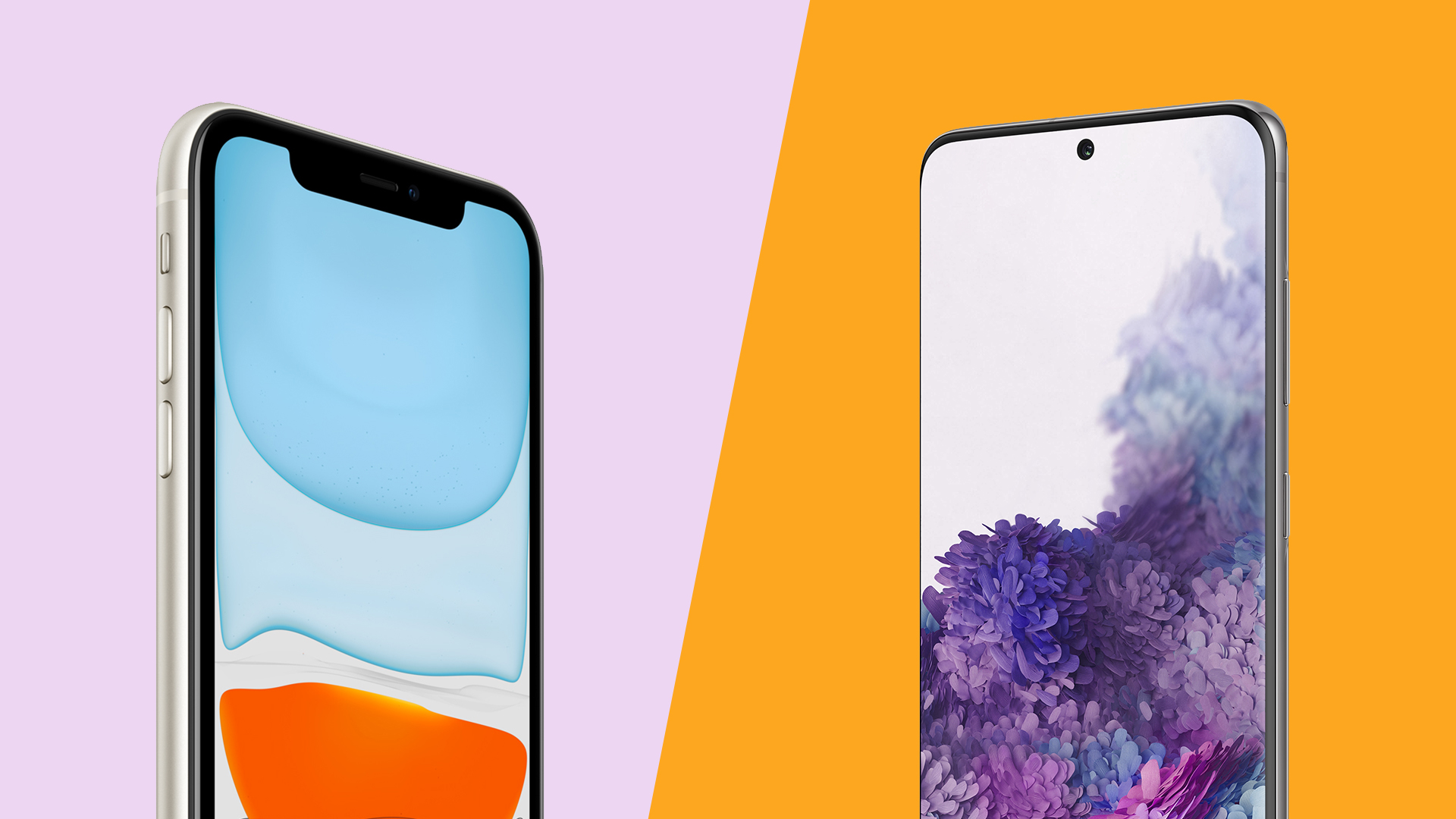
The iPhone 11 vs Samsung Galaxy S20 is a battle that many are wondering about. Both phones are mid-size, mid-range phones from the best-known premium handset makers. If you're looking for a great balance of price and featured, both should be on your shortlist, so we're here to help you decide which gets your money.
The iPhone 11 was released in 2019, with the iPhone 12 having taken its spot as the 2020 Apple mid-range phone with the newest features – but the iPhone 11 received a price drop, and some great extra discounts among the best iPhone 11 deals mean it's still a really tempting phone.
The Samsung Galaxy S20 is newer than the iPhone 11, having been released in early 2020. It includes a more packed spec list in lots of key areas – including 5G, which the iPhone 11 lacks – but comes with a higher price as a result.
Both rank among the best smartphones available today, especially if you want to spend less than the real flagship phones cost, but don't want to sacrifice too many features. We'll dig into all their differences, and help you work out which phone fits your priorities better.
Don't forget to visit our picks of the top Apple Black Friday offers, including not just iPhone deals of all kinds, but iPad deals, MacBook deals, AirPods deals and more.
iPhone 11 vs Samsung Galaxy S20: Design
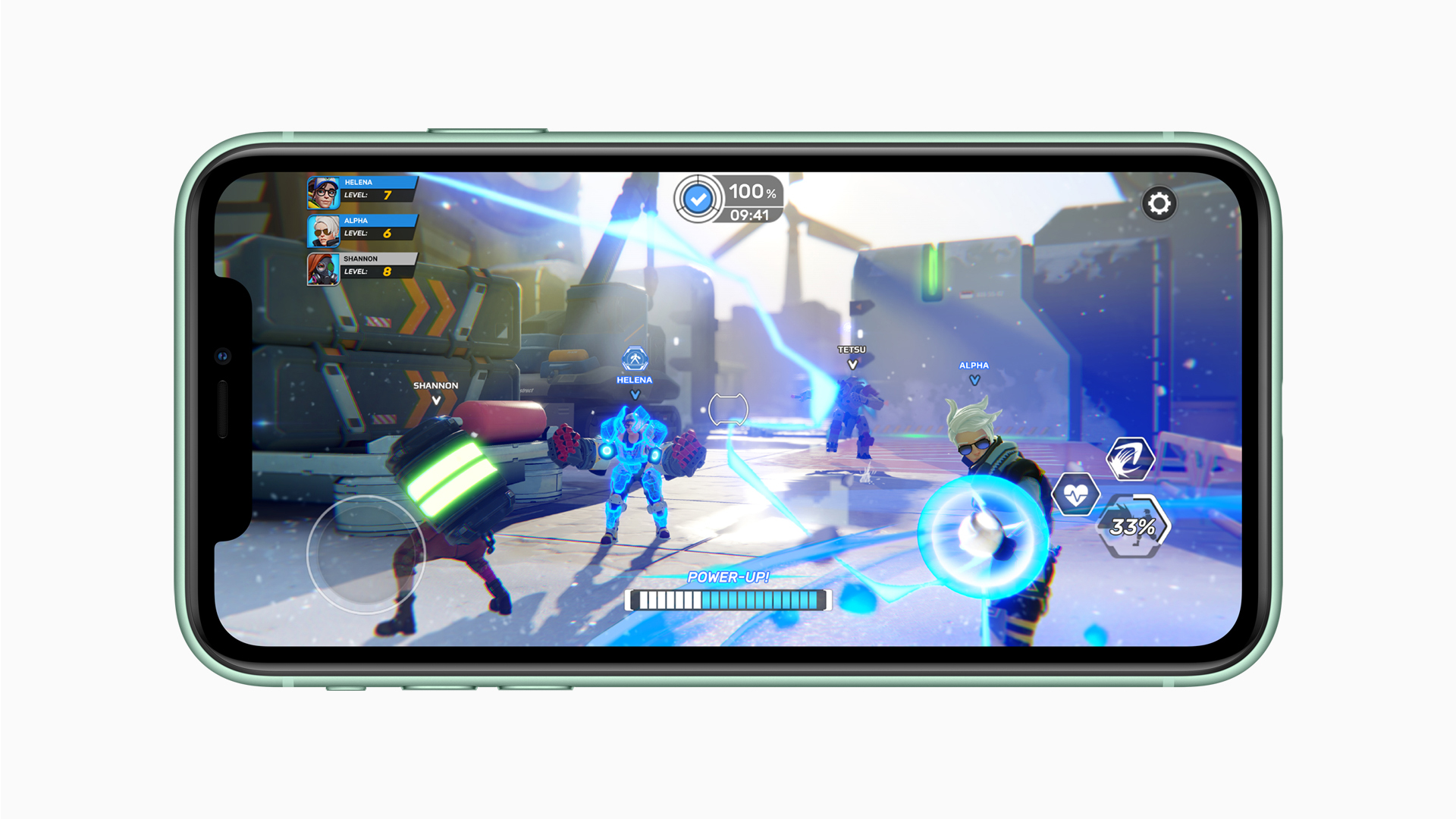
The iPhone 11 follows Apple's recent design language – all curves. It has a mostly edge-to-edge screen, with a notch at the top for the Face ID, and comes in red, green, purple, yellow, black and white finishes.
Around the screen is a black border, with the aluminium edge of the phone visible around that, in whatever colour you choose. The rear is glossy glass, with a raised square for the dual camera lenses.
Get the Creative Bloq Newsletter
Daily design news, reviews, how-tos and more, as picked by the editors.
The Samsung Galaxy S20 has a look that's both more advanced and slightly more anonymous. The screen is even more edge-to-edge, with only a sliver of body around the edges. The front camera is just a circle cut out of the screen near the top-middle. This definitely makes it look more like it's come from the near-future, but as a look is a little less recognisable – it's very similar to a lot of Android rivals.
The S20 also has a glass back, though the colours are mixed slightly better with the metal frame on the sides – on the iPhone, the glass back and metal sides both have a colour theme, but are intentionally a little different, since the glass is shiny and the aluminium is matt.
The S20 has a raised rectangular section on the back for its triple camera system. The Samsung S20 comes in grey, blue and pink finishes.
iPhone 11 vs Samsung Galaxy S20: Display
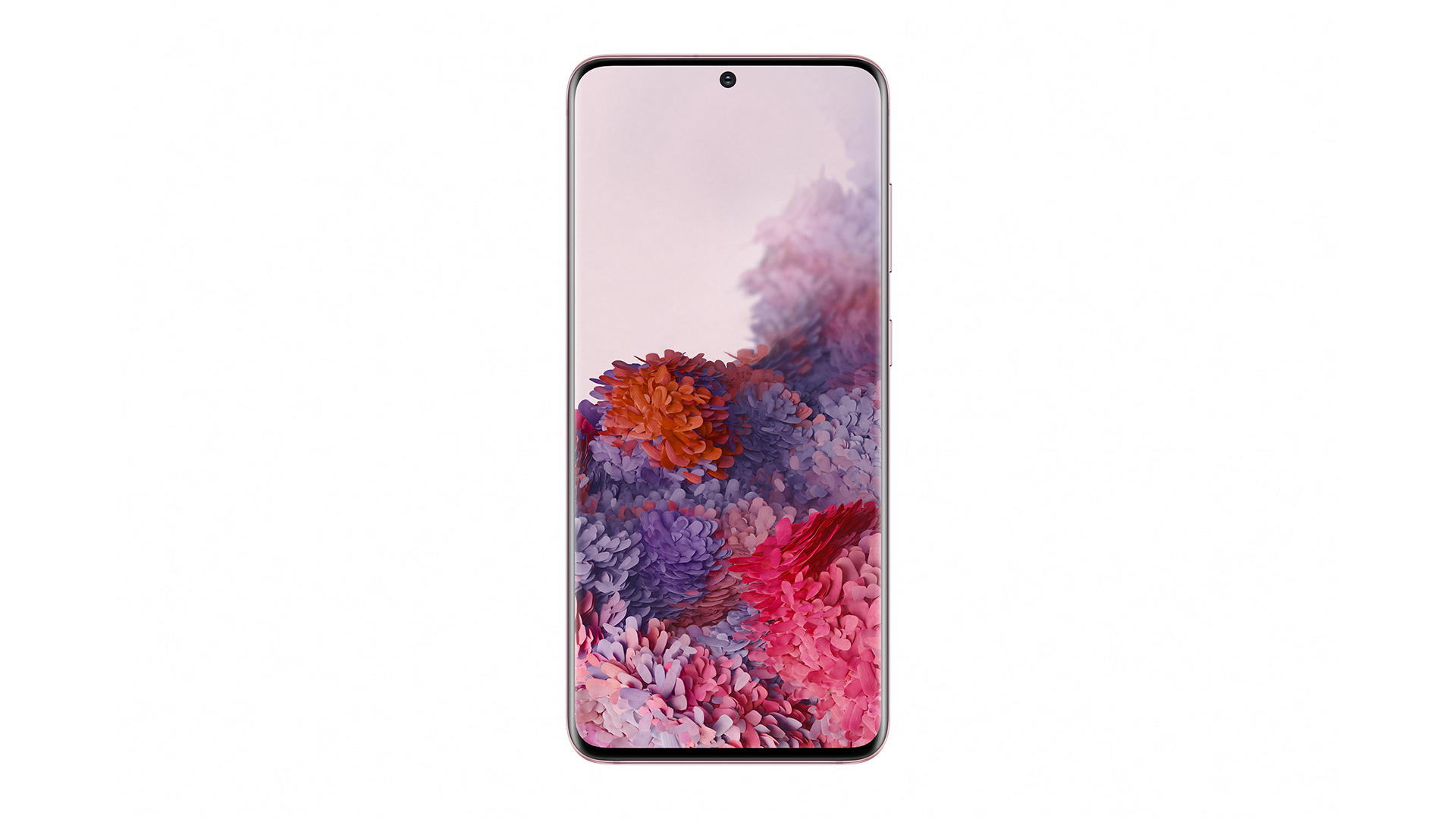
There's a huge difference in screen technology here, and it's generally in the Samsung's favour.
The Samsung Galaxy S20 has a 6.2-inch OLED display with a resolution of 3400x1440. It also has support for a 120Hz refresh rate, though you have to lower the resolution if you activate this, otherwise it stays at 60Hz.
The iPhone 11 has a 6.1-inch LCD display with a resolution of 1792x828, with only support for a 60Hz refresh rate.
OLED displays have self-emissive pixels, meaning they generate their own light, unlike LCD screens, which require a separate backlight of LEDs behind them. This means OLED displays have better control of brightness levels, and can produce much deeper blacks – this is particular great for movies and photos. It's clearly noticeable here, especially with the S20 supporting HDR video playback, which the iPhone doesn't.
The S20 screen is also much, much higher resolution – it has almost four times the number of pixels in roughly the same space, making it massively sharper. Its screen has 563 pixels per inch, compared to 326ppi for the iPhone.
Now, 563ppi is overkill really – phones don't need to be that detailed to still have smaller pixels than the eye can discern. However, the 326ppi of the iPhone is a little too low for you to never notice the pixel structure, so there is real benefit to getting the higher resolution of the Samsung.
120Hz support is really nice, but is more of a bonus than an essential. It makes animations look smoother and is useful in games to make them respond quicker, but its uses are more about feel than big practical benefits. It's also a fierce battery hog, which is the reason why it's optional – it can slash life by 10 per cent easily.
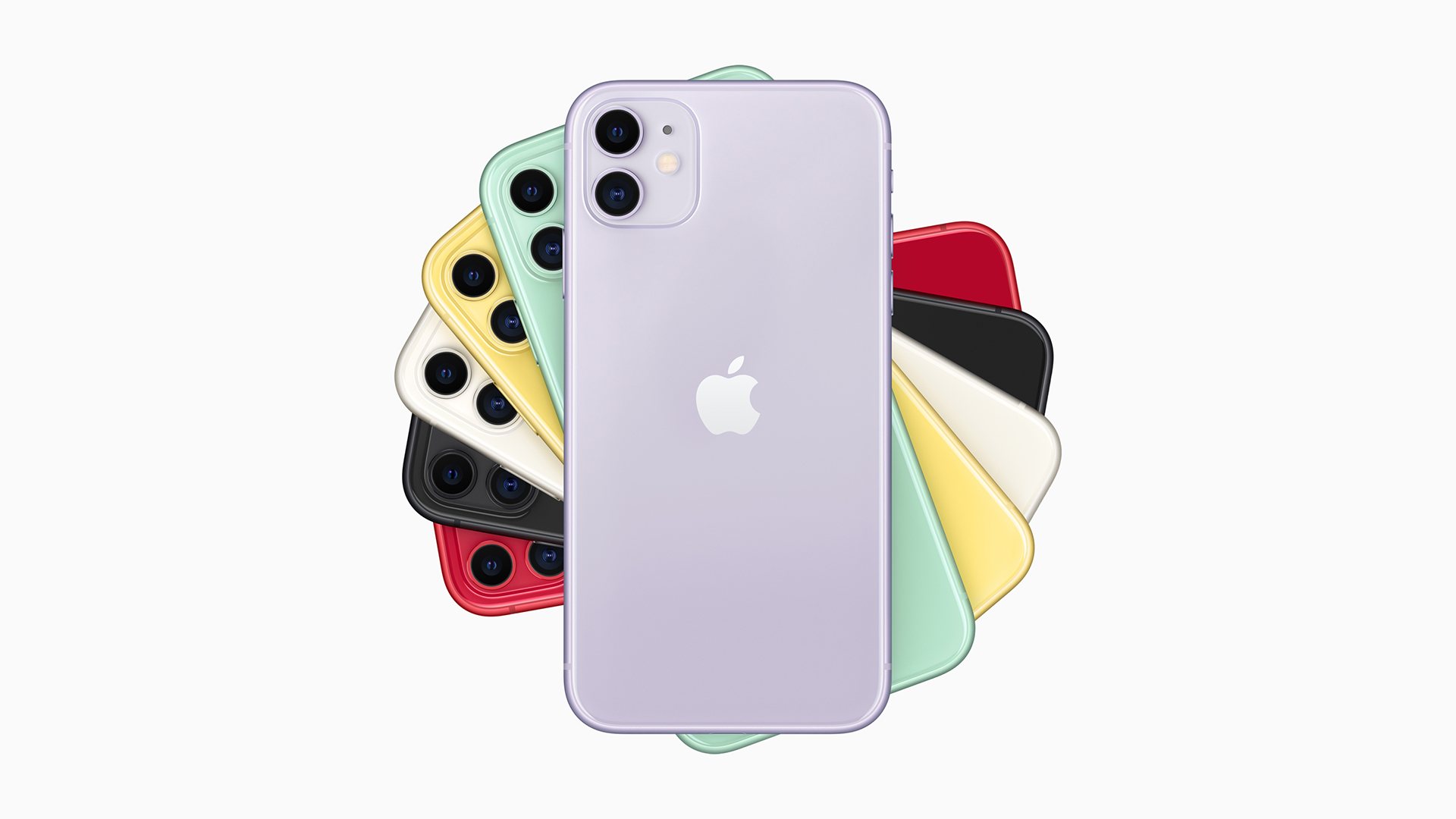
Both phones support the P3 wide colour gamut, and both offer impressive accuracy.
There's nothing wrong with the iPhone 11's screen, but there's no denying that the S20's is superior in almost every way.
The only disadvantages to it are that OLED screens discolour quickly when you view them off-angle (but you usually view phones straight on, so this isn't a problem really) and that OLED screens have have faint images burn into them if you tend to have the same things on them all the time, such as if you use your phone as a clock display while at work or similar.
For most people, this isn't much of a problem – it usually takes years to manifest noticeably, and will only occur to such a degree in specific cases.
But there's one extra feather in the iPhone 11's cap. Its screen includes Apple's True Tone tech, which changes the white balance of the screen to match the ambient light in the room you're in, so that white on-screen looks more like a piece of white paper in real life.
It is so much easier on the eyes, and makes reading on the phone a lot more pleasant. If you try it, it's very hard to go back from – though if you want to ensure colours are accurate, you end up turning it off at times.
iPhone 11 vs Samsung Galaxy S20: Battery life
The iPhone 11 edges out the Samsung here, likely thanks to its lower-res screen and highly efficient Apple-made processor. Exact battery life will depend on all kinds of factors – including screen brightness, how often you use intense apps and whether you're using 5G or not (which we'll come to shortly) – but the iPhone 11 tends to offer somewhere between 10 per cent and 20 per cent more longevity.
Both phones should be able to last you a full day of regular use, but the iPhone 11 is more likely to still have some left over, keep you going during an especially battery-punishing day, or to make it through two days of light use when you really need it to. It just gives you more flexibility.
However, while both phones support fast charging from high-power adapters, the Samsung S20 comes with a 25W unit in the box, and the iPhone 11 only comes with a 5W unit. You can buy a 20W adapter for faster charging of the iPhone, but the Samsung's default still beats that – and the Samsung supports up to 45W, for incredibly fast charging. So while the iPhone lasts longer away from a cable, it's easier to rapidly juice the Samsung – you can get a lot of charge in a short time.
Both phones support wireless charging, including faster modes (7.5W on the iPhone, 15W on the Samsung), but only the Samsung supports reverse wireless charging, so you could charge (say) a pair of wireless headphones or a colleague's phone from yours in a pinch. This is a nice feature to have, but we don't think it's essential.
iPhone 11 vs Samsung Galaxy S20: Features
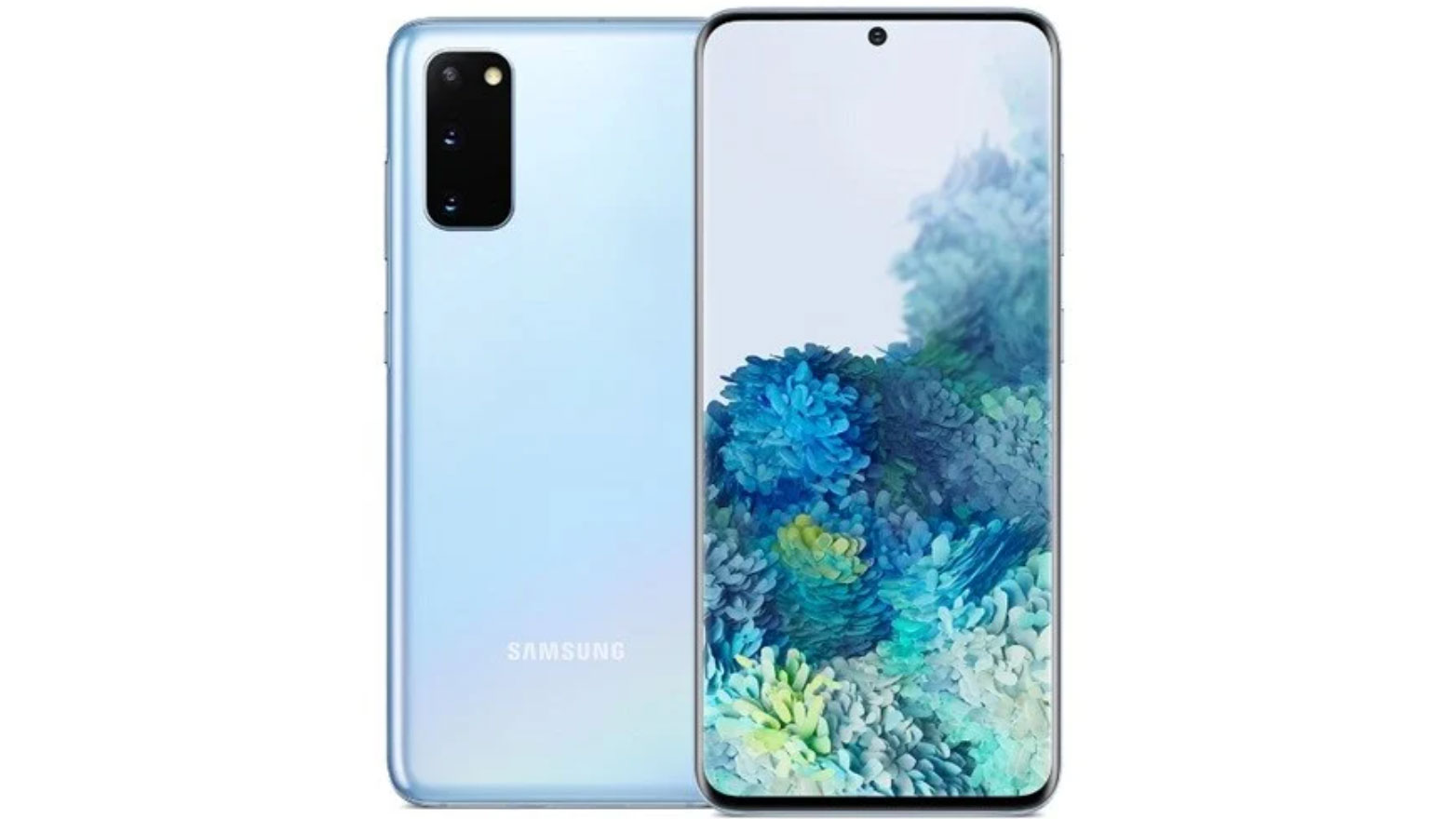
We just mentioned USB-C on the Samsung S20 and Lightning on the iPhone 11. There's a little extra usability here for the Samsung, because it means you can connect USB-C accessories to use them on the phone. This can be useful with external storage for your files and photos, for example, or even for attaching a real microphone for sound recording.
You can actually connect some USB accessories to iPhones using an adapter for the Lightning port, but this adds more adapters to your bag, of course.
The S20 can also use its USB-C port for Samsung's DeX feature, which turns the phone into a little desktop computer – you dock it, and it can power a screen, with keyboard and mouse support. We've always loved the promise of this (your computer and files travel everywhere with you), but you're limited to only certain apps that work well in DeX mode. It's fine for document work, but isn't really useful in a creative context beyond writing outlines or spreadsheet work.
Neither of these phones has a 3.5mm headphone jack – in both cases, you'll need an adapter if you want to use headphones with a standard wired connection. There are headphones with USB-C or Lightning plugs that connect to them directly, but they don't tend to be headphones musicians like, largely.
The really big feature that the Samsung S20 offers that the iPhone 11 doesn't is 5G. You can get the S20 with or without 5G (though it's 5G-only in the US), so if it's not something you care about, you can save some money.
5G offers truly incredible speeds, and if you'll spend a lot of time in an area where it's active, it could be essential for you. But the roll-out is far from comprehensive, and given current circumstances, will likely be slower than anticipated.
If you plan to have this phone for a few years and want to make sure it's future-proofed, it's a good option that only the S20 offers here. For an iPhone with 5G, you'll have to step up the iPhone 12.
If you think you're unlikely to be able to, or to need to, take advantage of 5G's speeds, then it's not such a loss on the iPhone (or the S20 version without it).
iPhone 11 vs Samsung Galaxy S20: Software

An obvious difference here: the iPhone 11 runs iOS 14, while the Samsung Galaxy S20 runs Android with Samsung's One UI customisation.
We're not going to get into the philosophical merits of either version here, or subjective feature or interface preferences – just the more practical stuff for creative folks.
Many big-name services are available on both platforms with good, consistent apps – from Microsoft to Evernote to Google apps to Slack and so on. There's little to choose between them there.
However, the Apple App Store tends to be better for higher-quality creative or other niche apps. We say "tends to be", because again it depends on exactly what your needs are and what kind of thing you want to do.
But apps such as LumaFusion for video editing, or Pixelmator for image editing, are exclusive to the App Store, and there's nothing quite as advanced as either of these options on Android, to give two examples. There are some powerful niche apps on both, such as FiLMiC Pro, but they're rarer.
Apple's platform is better for security, because it's more reliable for updates. (Android is also more susceptible to malware, but it's not really a widespread problem, and we'll assume you're sensible about not installing apps downloaded from random sites).
Apple supports its phones for years both with extra features (which is obviously very welcome) but also security updates to patch browser or operating system issues – and these updates come to all phones at the same moment.
Android phones in general are less reliable for knowing when updates will come, and don't guarantee as long life for updates as Apple. Samsung's policy is that you will get two major Android OS updates and monthly security updates for the S20.
But bear in mind that Apple currently offers all of its updates all the way back to the iPhone 6S, released in 2015 (and those updates will continue into 2021).
So while it's obviously fair to choose Android because you prefer it, if longevity and security is a concern, Apple has the edge there.
iPhone 11 vs Samsung Galaxy S20: Camera
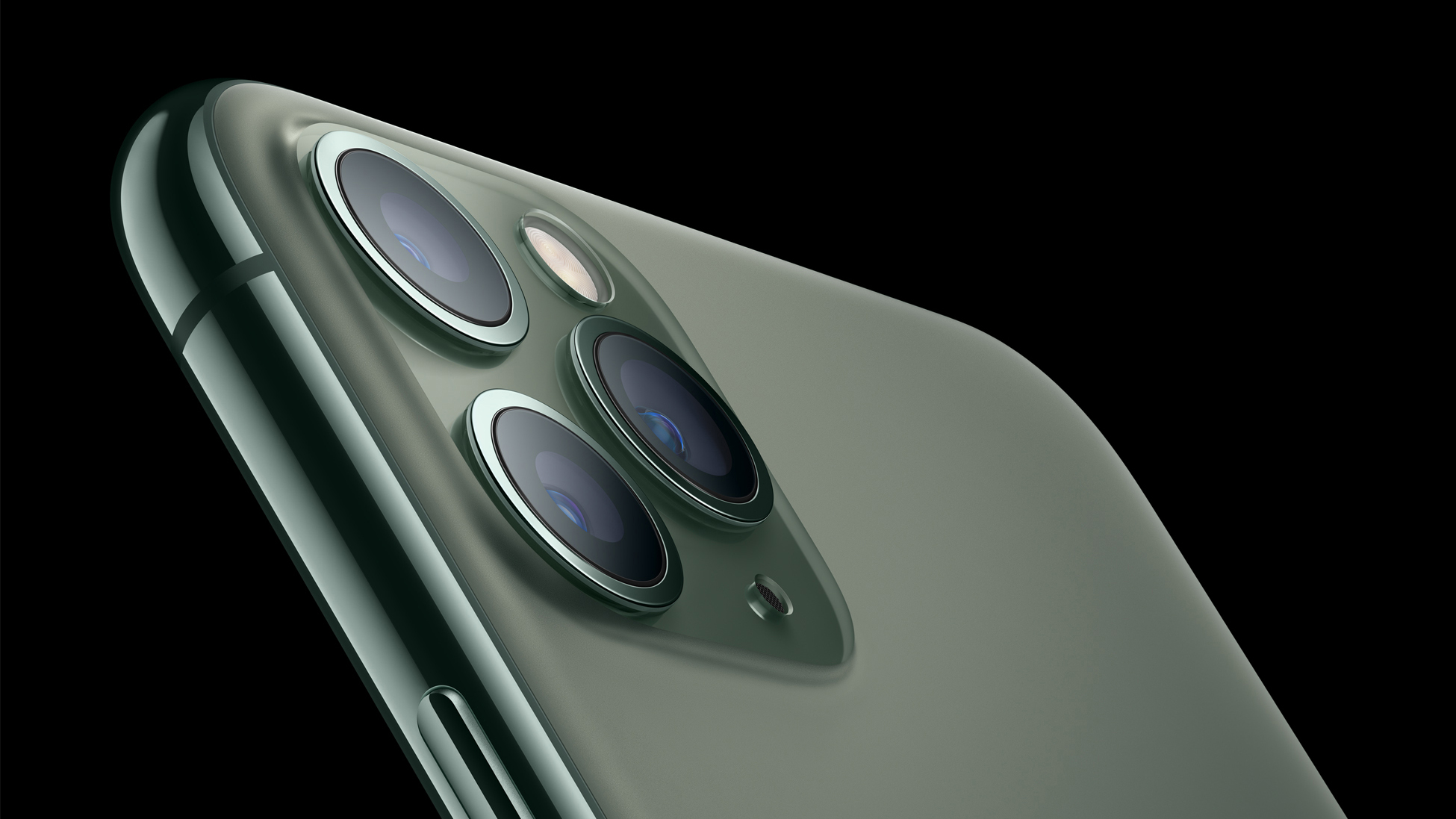
The iPhone 11 offers a dual-lens camera, with a wide-angle lens (ie, the 'normal' phone camera lens) and an ultra-wide lens, which offers a 0.5x zoom (and 120° field of view) compared to the wide-angle.
The wide-angle lens is f/1.8 with a 12MP sensor, while the ultra-wide is f/2.4 with also a 12MP sensor. There's a software-driven Portrait mode, one of the best Night modes in the business for taking great shots in low light, optical stabilisation (on the wide-angle only), and Apple's Smart HDR and Deep Fusion systems for fusing multiple shots into one better photo automatically.
The front camera is an f/2.2 lens with a 12MP sensor, and also includes Portrait mode, this time with 3D depth sensing courtesy of the Face ID facial recognition tech.
For video, the iPhone 11 does 4K at up to 60fps. Apple's image stabilisation for videos is incredible stuff when handheld – not far off what high-end action cams can do.
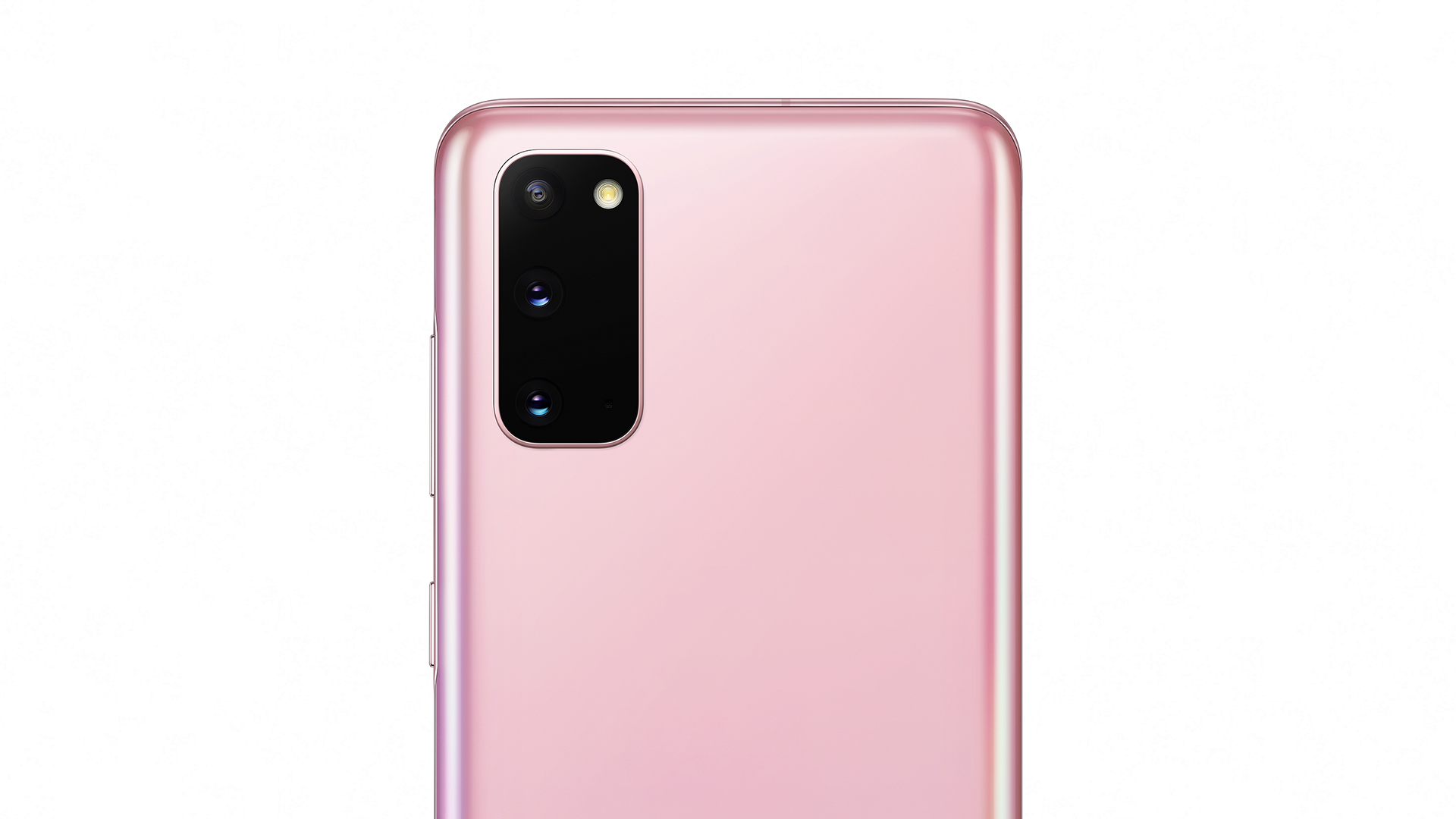
The Samsung S20 has a triple-lens rear camera system, including an f/1.8 wide-angle with a 12MP sensor; an f/2.0 3x telephoto lens with a 64MP sensor; and an f/2.2 ultra-wide lens with a 12MP sensor. The front camera is an f/2.2 lens with 10MP sensor.
The high resolution of the zoom lens means that the phone can offer up to 30x zoom total when you factor in digital zoom, though you're dropping quality severely at that point.
You've also got optical image stabilisation, and Portrait mode and a low-light mode. And there's both 4K video recording as well as 8K video recording at 24fps.
Generally speaking, the quality of the iPhone 11's camera is marginally higher than the Samsung S20's, though the difference isn't vast. Samsung's images often come out a little over-saturated and over-sharpened, which can be aesthetically pleasing (especially for sharing online), but isn't as natural overall. Most photographers prefer getting the more neutral photos of the iPhone, which you could always punch up the saturation on, if you want.
However, the Samsung has the more flexible camera system, including that zoom lens (8K recording is just spec bragging at this stage, not really a useful feature for most people).
We think most creative users will prefer the pictures the iPhone 11 takes, but choosing the extra options the Samsung gives you is totally understandable.
iPhone 11 vs Samsung Galaxy S20: Performance
The iPhone's 11 Apple A13 Bionic processor was the fastest phone chip in the world, and was only surpassed by… the Apple A14 in the iPhone 12. The iPhone 11's performance is second to none – it can edit 4K video with ease, open apps instantly, and handle generally anything you throw at it.
But the Samsung – which has a Qualcomm processor in some countries, and Samsung's own Exynos in others – is no slouch. It's also smooth and fast, and has a whopping 12GB of RAM (8GB in the 4G version) to ensure that it can handle whatever you want to do with apps and multitasking.
iPhone 11 vs Samsung Galaxy S20: Price
The iPhone 11 received an official price cut when the iPhone 12 was launched and replaced it as the latest and greatest non-pro iPhone. The iPhone 11 starts from $599 / £599 / AU$999 with 64GB of storage, or you can step up to 128GB for $649 / £649 / AU$1,079, or 256GB for $749 / £749 / AU$1,249.
The Samsung Galaxy S20 is only available in a single storage size: 128GB. The official price is £799 / AU$1,349 for the 4G version (it's not available in the US), or $999 / £899 / AU$1,499 for the 5G version. However, you won't really need to pay these prices – after some time on the market, and with all the deals currently happening, it's always less than this now.
You can expand the storage capacity of the S20 using a microSD card – that's not the case with the iPhone 12, which is fixed at the amount you buy.
iPhone 11 vs Samsung Galaxy S20: Conclusion

This decision here really comes down to price. Both are high quality phones that offer good performance and specs for their price. Under normal circumstances, the iPhone 11 is notably cheaper than the Samsung S20, and so if you're budgeting more at that level, then it's a great choice – you get a highly accurate screen, lots of performance and great future-proofing for security and features. You might also choose the iPhone if camera accuracy is a priority for you, or if battery capacity away from a charger is vital.
However, if money is no object, or if you find the S20 for the same price as the iPhone 11, then the screen, 5G and storage capacity advantages will make it the more tempting option for a lot of people – the screen in particular, because this is the single biggest way you interact with the phone, and it's a major upgrade on the Samsung.
The final decider may simply be Apple's platform vs Android – if you're into either ecosystem deeply, then it's certainly easier to stick with what you're into already. As we mentioned, Apple tends to be better for long-term updates and timely security updates too.
Read more:

Thank you for reading 5 articles this month* Join now for unlimited access
Enjoy your first month for just £1 / $1 / €1
*Read 5 free articles per month without a subscription

Join now for unlimited access
Try first month for just £1 / $1 / €1
Matt is Managing Editor at TechRadar.com, and previously worked on T3, MacLife and MacFormat. He's been testing technology for over a decade, working in specialist Apple publications as well general technology and creative journalism, and has charted Apple’s ups and downs since his student days (but still hopes to hear “one more thing”). By day, you can find him covering TV, audio, smart home gear and more at T3.com, as Home Tech Editor. By night, he's probably updating or pairing or installing some new piece of technology in the quest for the perfect setup.

